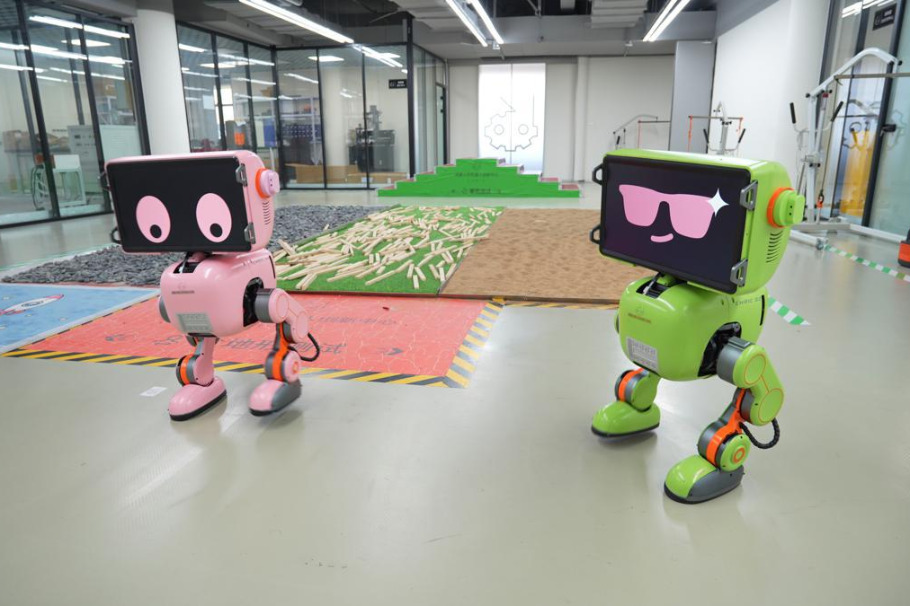Couriers expand low-carbon logistics

Dozens of new energy vehicles line up outside a distribution center of Deppon Express in Haikou, Hainan province. Once loaded with packages, these NEVs fan out across the city, delivering goods with a smaller carbon footprint.
Transportation is one of the most energy-intensive aspects of express delivery. In response to pressure to reduce the environmental impact of the logistics industry, major express delivery companies, such as JDL Express, ZTO Express, Deppon Express and SF Express, have been gradually replacing fossil fuel-powered vehicles with new energy alternatives.
Deppon Express operates 327 NEVs across Hainan, accounting for more than 70 percent of its delivery fleet in the province.
SF Express is also accelerating its adoption of NEVs for short-distance deliveries in Hainan.
The company has introduced NEVs through procurement, rentals and by encouraging couriers to use their own NEVs. SF Express operates 435 NEVs in the province, representing over 60 percent of its local transport fleet.
ZTO Express is deploying NEVs in urban delivery networks across cities such as Beijing, Hangzhou in Zhejiang province, and Chengdu in Sichuan province. The company has added more than 100 NEVs to its delivery network, resulting in an estimated annual reduction of carbon emissions by 300 metric tons.
As of the end of last year, JDL Express was operating 10,000 NEVs for both truck transportation and last-mile delivery routes. The company is also using hydrogen-powered trucks on 64 transport routes, cutting annual diesel consumption by 600,000 liters and reducing carbon emissions by approximately 1,000 tons, it said.
Beyond vehicle upgrades, JDL has also embraced clean energy infrastructure. The company has installed rooftop photovoltaic systems at multiple logistics centers, achieving a total installed capacity of 139.22 megawatts. In one year, these systems can generate 61,143 megawatt-hours of electricity, resulting in a reduction of 50,902 tons of carbon emissions.





































